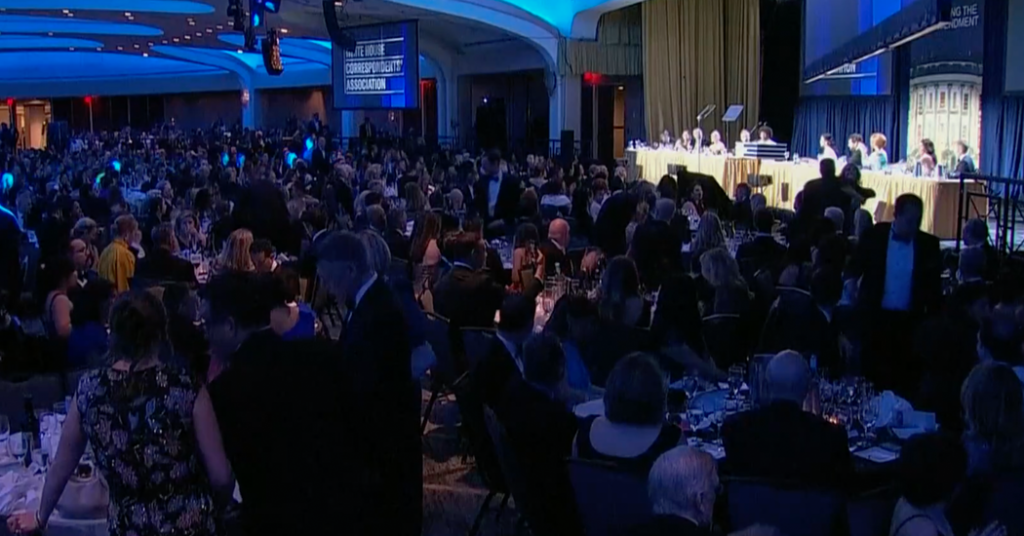Microsoft now lets underperforming employees choose between a severance payout under its new GVSA or entering a PIP, with tougher rules on transfers and a two-year rehire ban.
Microsoft has updated its performance management rules to move faster on both rewarding strong performers and managing those who fall short. Under the new approach, employees who aren’t meeting expectations can choose between two paths: enter a Performance Improvement Plan (PIP) with clear targets or accept a financial payout and leave the company under a “Global Voluntary Separation Agreement” (GVSA). This change aims to make performance reviews more transparent and consistent around the world.
The core of the new policy is to give underperforming employees a clear choice. If someone is flagged as underperforming, their manager will present them with the GVSA offer. They then have five days to decide: either join the PIP and work on meeting specific goals, or accept the severance package and exit immediately. Those who choose the PIP won’t receive any payout, and those who take the payout forfeit the chance to improve at Microsoft.
Subheading: Clearer Rules on Transfers and Rehiring
Alongside the GVSA option, Microsoft has introduced stricter rules for employees with low performance ratings:
Anyone in the bottom 40 percent bracket (the 0–60 percent reward tier) can no longer apply for internal transfers to other teams or roles.
Employees who leave under the GVSA or after failing a PIP cannot be rehired for two years.
The PIP process itself is now available year-round, so managers can act quickly if performance issues arise.
These steps are designed to create a uniform experience for every Microsoft office and team across the globe. By standardizing how underperformance is handled, the company hopes to make its culture more accountable and development-focused.
What’s driving this shift? Over the past few years, many tech companies have faced criticism for being slow to address underperformance while offering generous perks and flexible work arrangements. Microsoft’s new Chief People Officer, Amy Coleman, explained in an internal email that these updates will “accelerate high performance and swiftly address low performance.” The goal is not only better business results but also stronger teams where top contributors feel recognized and supported.
Managers now have updated tools and guidelines to identify performance gaps early and present affected employees with a clear set of options. Under this system, everyone knows the stakes: work hard and meet the improvement targets, or move on with a fair payout. Microsoft believes that by making performance management more transparent, it can foster an environment where high-performing teams thrive and everyone understands how to grow.




















